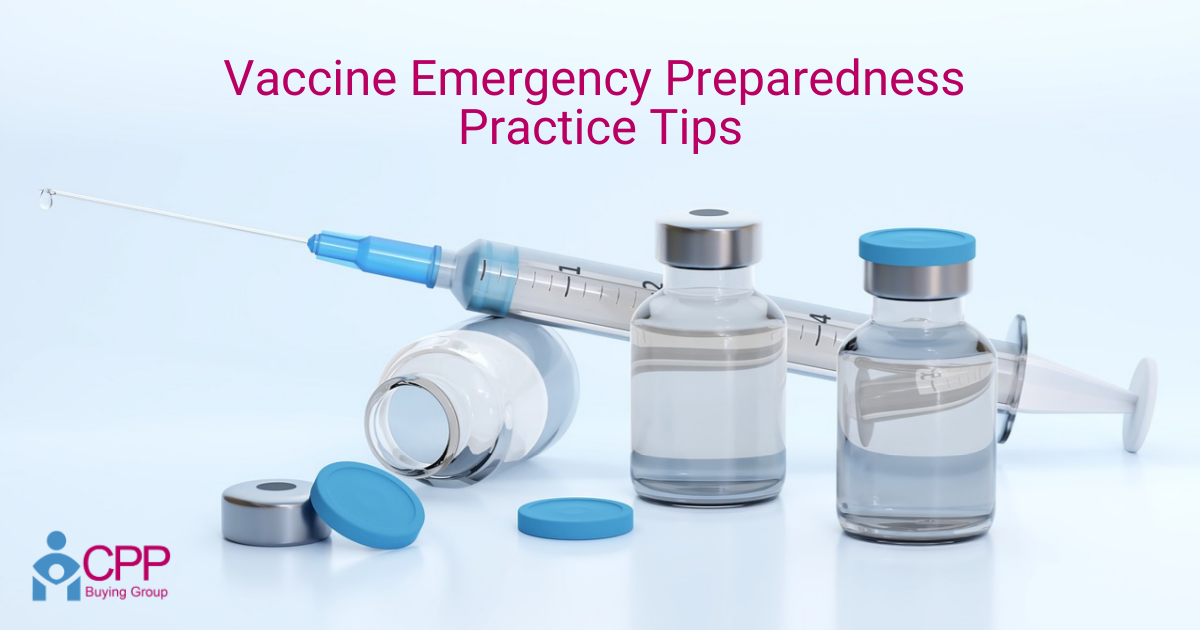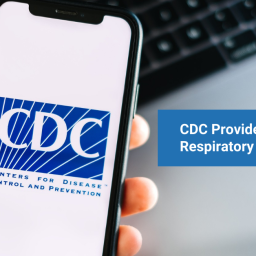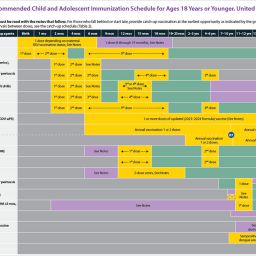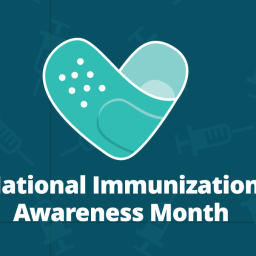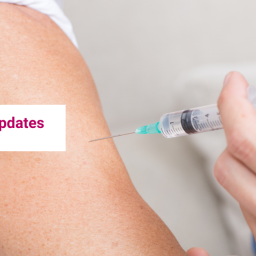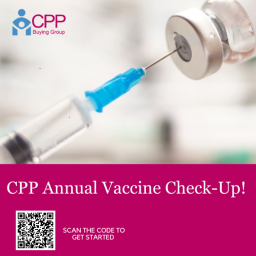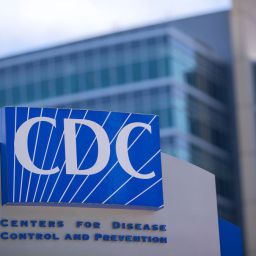As winter storms sweep through different parts of the country, maintaining the integrity of vaccines becomes a critical concern for healthcare providers. Bad weather conditions, such as extreme cold temperatures and power outages, can pose challenges to vaccine storage. Loss of vaccine inventory due to an equipment malfunction or loss of power can also be very expensive! CPP has pulled together various resources from the CDC and the AAP to help you establish protocols so your practice can be prepared in the event of such a disaster and minimize loss should such an event occur.
CDC Vaccine Emergency TIPS
- Identify potential risks: Assess the potential emergencies or disasters that could occur in your area, such as natural disasters, power outages, or equipment failures.
- Cold chain maintenance: Your practice should develop measures to ensure the maintenance of the cold chain during emergencies. This may include backup refrigeration equipment, temperature monitoring systems, and contingency plans for power failures. The CDC suggest vaccines be refrigerated at the recommended temperature range, usually between 2°C to 8°C (36°F to 46°F). Freezers should remain between -50°C and -15°C (-58°F and +5°F).
- Standard Operating Procedures (SOP): Have your team create a comprehensive SOP specifically for emergency vaccine storage and management. This should include guidelines for handling vaccines during emergencies, procedures for temperature monitoring and maintenance, and protocols for vaccine inventory management.
- Backup equipment: Consider investing in backup refrigeration equipment or generators to ensure consistent temperature control during emergencies. Regularly test and maintain this equipment to ensure its reliability.
- Communication and training: Establish clear communication channels and protocols for notifying staff about emergency situations and the procedures to follow. Train your team on the emergency storage plan annually to ensure everyone is familiar with their roles and responsibilities.
- Monitoring and documentation: To ensure the safety of vaccines your staff should use calibrated temperature monitoring devices to regularly check and record storage temperatures.
- Review and update: Regularly review and update your emergency storage plan to incorporate any changes in guidelines, equipment, or procedures. Make sure your team regularly conducts audits to ensure compliance and identify areas for improvement.
For the most up-to-date and detailed information, refer to the latest CDC guidelines.
CPP Resources
CPP has educational resources around proper vaccine storage as well as a Vaccine Storage Equipment Educational Grant to help offset the cost of investing in proper storage equipment for your practice. Contact our office for more information.
